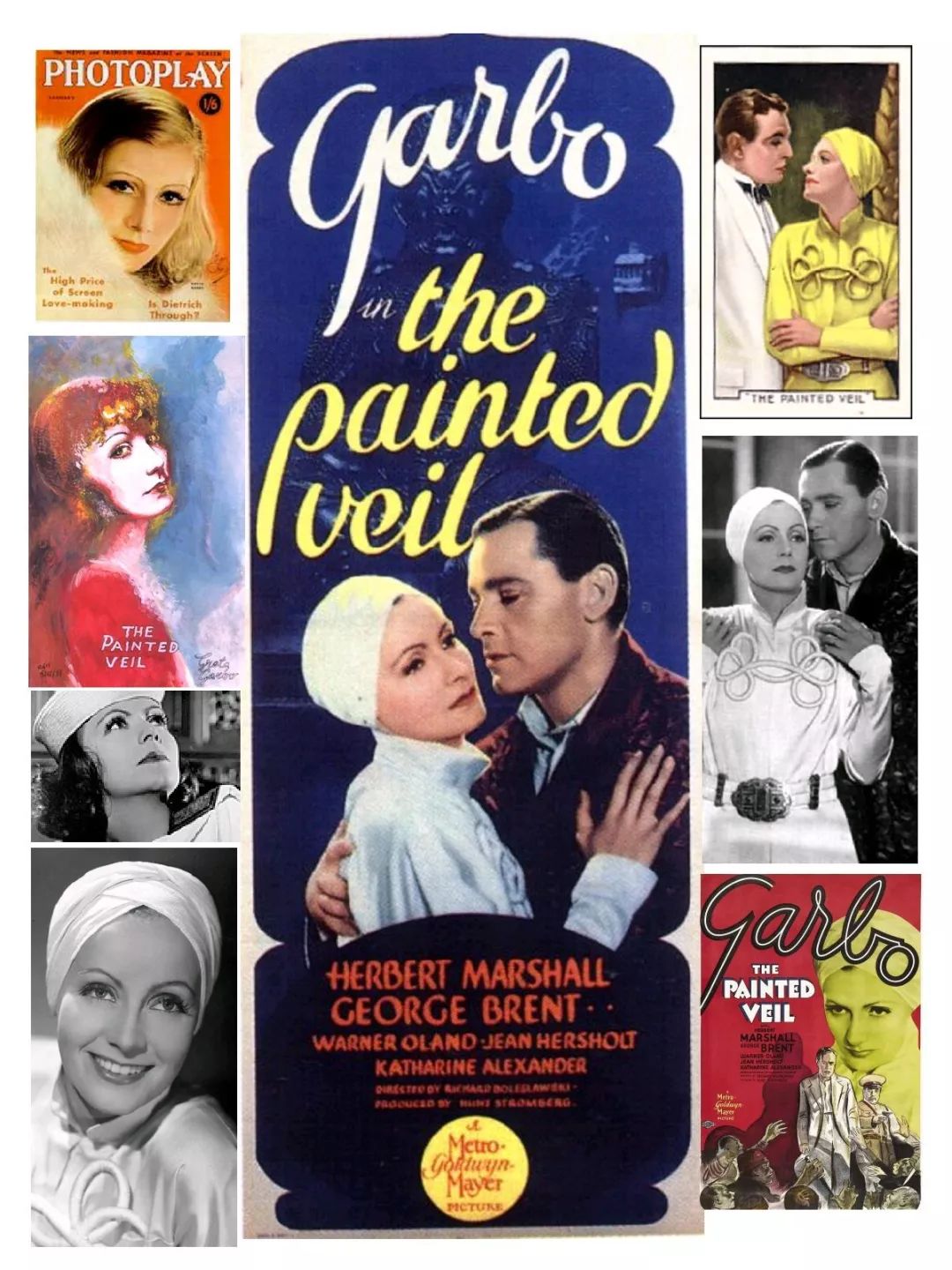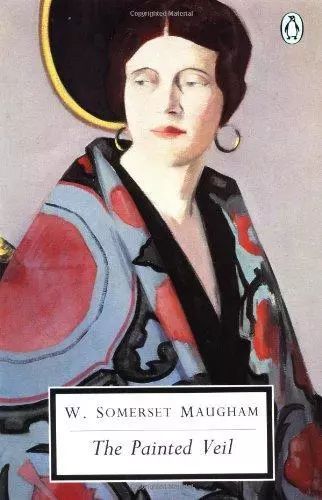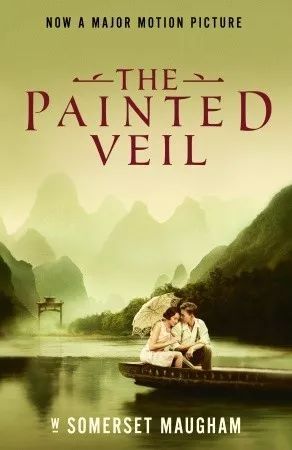Fashion and Costume Designers as Cultural Translators:
Adapting Dress Across the Media
Adaptations have been defined as ‘acknowledged transpositions of a recognizable other work’ involving ‘creative and interpretative act(s) of appropriation/salvaging’. While these considerations originally pertained mainly the adaptation of literary works into visual and digital media, or in other words, the passage from telling (words) into showing (images) and interacting (gaming), recently adaptation has been reconsidered to include a much wider variety of works and media. Borrowing from the life sciences, metaphors for adaptation across the media recast it as instances of cultural units that evolve and mutate, with the prior work enjoying as it were an afterlife in its new incarnation. Linda Hutcheon has proposed three qualities as necessary for high survival value in these cultural works, namely longevity, fecundity and copying fidelity, although copying also means changing with each repetition since every copy takes place in a new context. On the other hand, among the many metaphors employed to understand the act of translating—a form of adaptation in its own right—is that of tailoring: translating as clothing put on the body of the ‘original’ content, to make the naked (meaning) presentable to a specific society, dressed in appropriate garb for a new situation. 
Taking our cue from these conceptions of adaptation and translation we call for papers that consider the custom and fashion designers that have engaged with literary, visual or digital works for the creation of their outfits as cultural adaptors/translators, and their work as an act of translation/adaptation. Costume and fashion designers play a crucial role in the longevity, fecundity and copying-into-context of the cultural values expressed in the garments they have brought from novels, poems, songs, paintings or films into their fashion creations, often across cultures. Equally, they have played a role dressing the foreign for presentation, sometimes in acts of assimilation (domestication), others exoticising (foreignisation), but frequently unleashing creativity into garments that are then available for consumers’ self construction and expression, taking the ‘after life’ of a work into the realm of the performative.
From Alexander McQueen’s sustained engagement with films ranging from One Flew Over a Cukoo’s Nest to The Birds Or Givenchy and Jean Paul Gautier’s Appearances can be Deceiving: the Frida Kahlo Wardrobe exhibition (2012), based on their interpretations of the famous painter’s personal wardrobe with emphasis on the topics of disability, ethnicity and the post-human, costume and fashion designers can be understood as translating from the semiotic codes of the adapted works into the tangible materiality of textiles, enabling creativity as the languages of culture, art and fashion are crossed.
Since translation and adaptation are two of the most vital forces available for introducing new ways of thinking and inducing significant cultural change, we call for papers that employ them as interdisciplinary interpretive frameworks and operative tools to address the work of fashion and costume designers. We are looking for works that make a contribution and provide new insight to any of the following fields: cultural industries and/or cultural studies; translation and adaptation studies; fashion and costume design; semiotics; aesthetics; theatre, film and television. Please send a 400 word abstract to both organizers by 10 December 2018. The conference will take place on 18-19 July 2019 at University College Cork, Ireland.
Armida de la Garza Adelagarza@ucc.ie and Wang Jie Wjie5710@126.com



